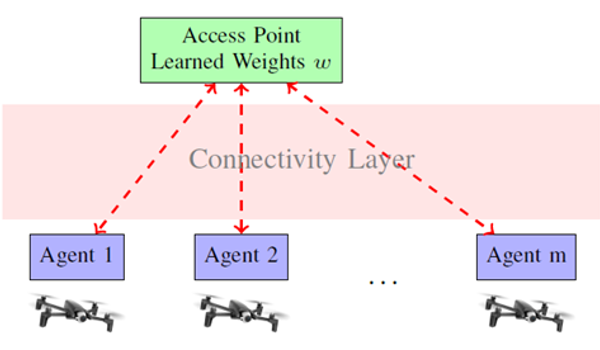01 Jun 2021
Control Applications in Plant Metabolism
Spotlight on ongoing work by Carolin Schulte
Nitrogen is one of the main limiting nutrients in agriculture, since atmospheric N2 gas is not available to plants. Nitrogen fertilizers have therefore been extensively used since the early 20th century, which has drastically increased crop yields, but also caused a plethora of environmental problems. As a sustainable alternative for acquiring bioavailable nitrogen, certain legume plants (e.g. peas, beans, lentils) form symbiotic relationships with soil bacteria called rhizobia. Rhizobia induce the formation of nodules on plant roots and can “fix” atmospheric N2 into ammonia, which is secreted to the plant. Rhizobial metabolism in this symbiosis is very complex, since nitrogen fixation is energy-intensive and requires an extremely low oxygen environment.

In a recent study we used metabolic modelling approaches to elucidate the cellular processes underlying nitrogen fixation. Metabolic models describe the reactions occurring in an organism in the form of a stoichiometric matrix and facilitate the calculation of metabolic flux rates in response to defined nutrient inputs. To develop a model for nitrogen-fixing rhizobia, we integrated various experimental data sets for gene expression, protein abundances and gene essentiality. We then calculated elementary conversion modes for the metabolic network, which resulted in a comprehensive description of all possible stoichiometries between input and output metabolites.
This analysis highlighted interesting trade-offs between metabolic adaptations to the low oxygen environment on the one hand and efficient nitrogen fixation on the other hand. We were further able to show that low oxygen concentrations could be an important factor in forcing rhizobia to secrete ammonia to the plant rather than using it to support their own cell growth and division. These predictions are supported by experimentally determined metabolic flux rates.
Our work was thus able to connect and explain the results from various independently conducted experimental studies on biological nitrogen fixation. We anticipate that our model will provide a valuable framework for guiding efforts to engineer more efficient and new-to-nature plant-microbe interactions.




